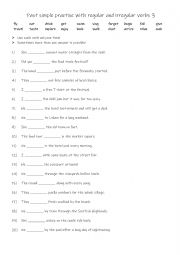
|
Past simple practise with regular and irregular verbs 3
Students first familiarise themselves with the 20 verbs. Then they complete the gap-fill with the correct form of that verb. Answers on page 2.
Level: elementary
Age: 8-100
Type:
Downloads: 108
|
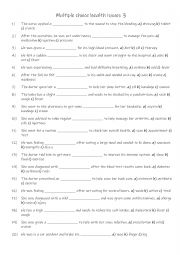
|
Multiple choice health issues 3
Students read the sentences and choose the correct word out of the given choices. Answers on page 2.
Level: intermediate
Age: 11-100
Type:
Downloads: 123
|
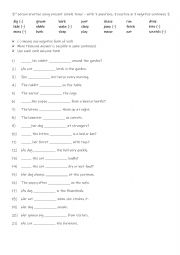
|
3rd person practise using present simple tense � with positive & negative sentences + questions 3
Students familiarise themselves with the 21 verbs. Then they read the sentences to see which question verb is required to complete the gap-fill. Each form is used 7 times! Answers on page 2.
Level: elementary
Age: 8-100
Type:
Downloads: 114
|
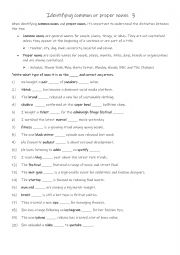
|
Identifying common or proper nouns 3
First, students need to familiarise themselves with the 2 types of nouns. Then they read the sentences to identify and use the correct punctuation for all of the sentences. Answers on page 2
Level: elementary
Age: 8-100
Type:
Downloads: 111
|
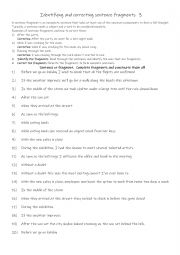
|
Identifying and correcting sentence fragments 3
First, students need to familiarise themselves with identifying and correcting sentence fragments. Then they read the sentences to identify and correct the issue and punctuate all of the sentences Answers on page 2.
Level: elementary
Age: 8-100
Type:
Downloads: 109
|
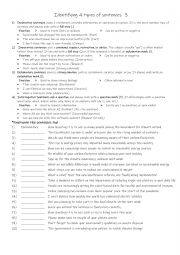
|
Identifying 4 types of sentences 3
Learning to identify the four types of sentences enhances communication, writing, and grammar skills, helping students express ideas clearly and effectively. It also improves reading comprehension by allowing them to interpret tone and intent in texts. A strong understanding of sentence structures leads to better academic performance, particularly ...
Level: elementary
Age: 7-100
Type:
Downloads: 120
|
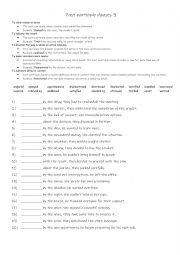
|
A2-B1 Past participle clauses 3
Students complete the gap-fill with the correct word. Answers on page 2.
Level: elementary
Age: 8-100
Type:
Downloads: 114
|
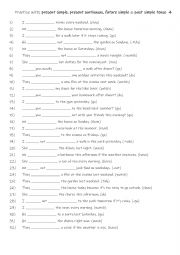
|
A1+-A2 Practise with present simple, present continuous, future simple & past simple tense 4
Students should learn and practice the present simple, present continuous, future simple, and past simple tenses at the A1+-A2 level because these tenses are essential for everyday communication, such as discussing routines, ongoing activities, past events, and simple future plans. They provide a solid foundation for learning more advanced grammar ...
Level: elementary
Age: 7-100
Type:
Downloads: 104
|

|
A1+-A2 Genitives (6)
This worksheet is suitable for A1+-A2 level students. Genitives refer to a grammatical case or construction used to indicate possession or a close relationship between nouns. Students complete the 20 sentences after reading the rules. Answers on page 2
Level: elementary
Age: 8-100
Type:
Downloads: 131
|
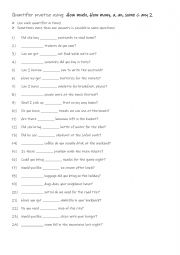
|
Quantifier practise using: How much, How many, a, an, some & any 2
Students first familiarise themselves with the 6 quantifiers and their use. Then they complete the gap-fill with the correct word. Each quantifier is used 4 times!Answers on page 2.
Level: elementary
Age: 8-100
Type:
Downloads: 136
|












